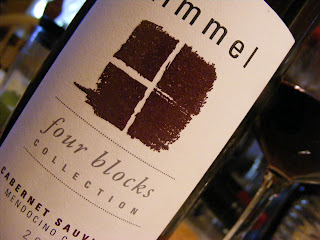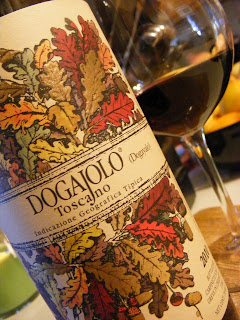Funny story when we purchased this wine, we intended to get the Chardonnay but mistakenly grabbed this bottle instead but we were pleasantly surprised nonetheless.
This slightly opaque and dark ruby colored red blend of 60% Grenache, 30% Syrah, 5%, Carignan & 5%, Mourvedre
Opens with a strawberry licorice and mild oak bouquet. On the palate, this wine is medium bodied, very nicely balanced, and smooth. The flavor profile is a very tasty black currant and mild oak blend with hints of boysenberry. The finish is dry and its moderate dusty tannins linger for quite some time.
The Lafond family dates it's history
back to 1780 when a forefather of the owner today settled in Tavel as a
winegrower.
In 1948 Jean-Pierre Lafond’s grandfather, Valery Taulier, built the first private cellar in Tavel. In 1978 Pascal joined his father at the estate and they started to bottle wine with their own label. The name Roc-Epine is the name of a famous race horse. The grandfather of Pascal had a great interest in horse racing.
Domaine Lafond is mainly producing Tavel and Lirac from a total of 85 ha. by which 39 ha Tavel, 24 ha Cotes du Rhone, 18,5 ha Lirac and 3,6 ha. Chateauneuf du Pape.
In 1948 Jean-Pierre Lafond’s grandfather, Valery Taulier, built the first private cellar in Tavel. In 1978 Pascal joined his father at the estate and they started to bottle wine with their own label. The name Roc-Epine is the name of a famous race horse. The grandfather of Pascal had a great interest in horse racing.
Domaine Lafond is mainly producing Tavel and Lirac from a total of 85 ha. by which 39 ha Tavel, 24 ha Cotes du Rhone, 18,5 ha Lirac and 3,6 ha. Chateauneuf du Pape.










































